The Karen Nash Memorial Butterfly Garden


At the Karen Nash Memorial Butterfly Garden, people of all ages are engaged in caring for the quarter acre wildlife habitat and pollinator garden. Open to the public, the garden offers instruction in gardening, helping the environment and working together. Community service is a strong emphasis here.
This garden was started on school grounds by a 6th grade graduating class in 1996-97. The young students wanted to start a garden as a community service gesture. Diana Dove, an environmental educator, was involved with the school's PTO, and saw a great opportunity to encourage outdoor-based learning. Working with teacher Jodie Higgins, volunteers and fundraisers were organized, and the garden became a reality.
To Honor A Teacher
In 1997, the community of Washington, New Jersey lost a beloved teacher, Karen Nash, to breast cancer. Karen was just turning 40. A story about butterflies she'd written for her speech class was read at her funeral. The piece's theme of an emerging butterfly touched the hearts of those in attendance, who felt the story correlated with Karen's struggle through her illness. The decision to name the school's garden after Karen Nash was made on that day.
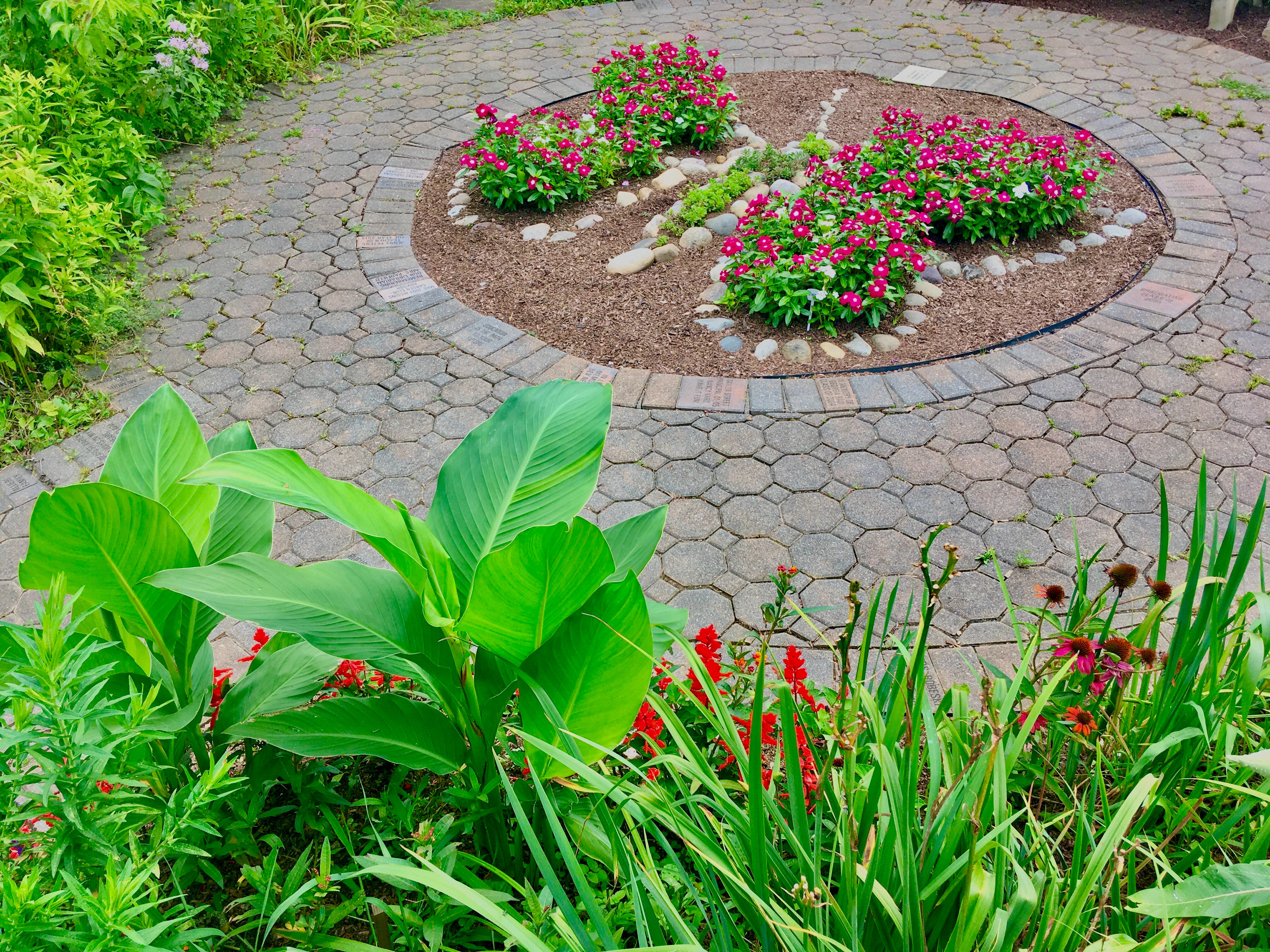
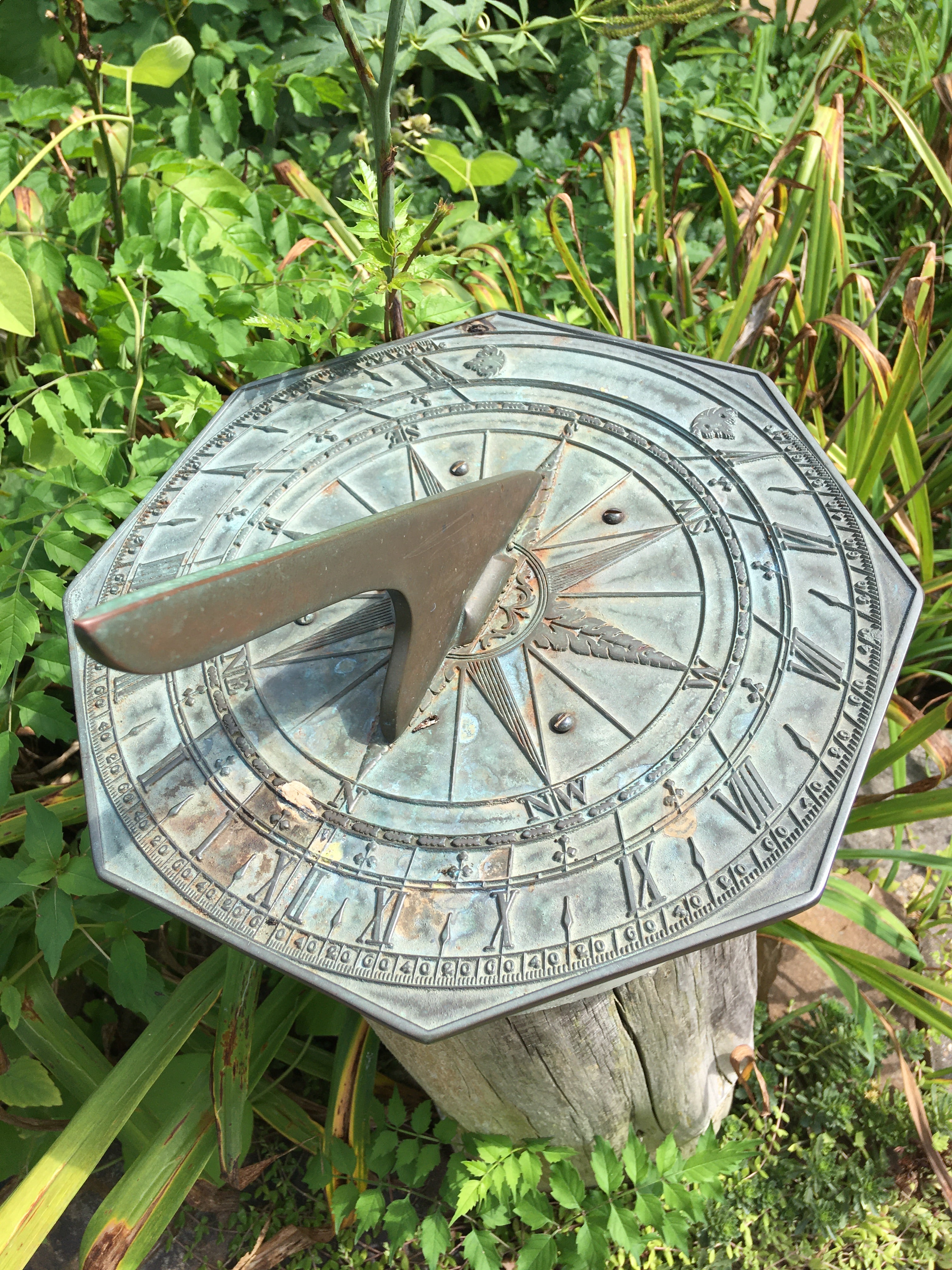
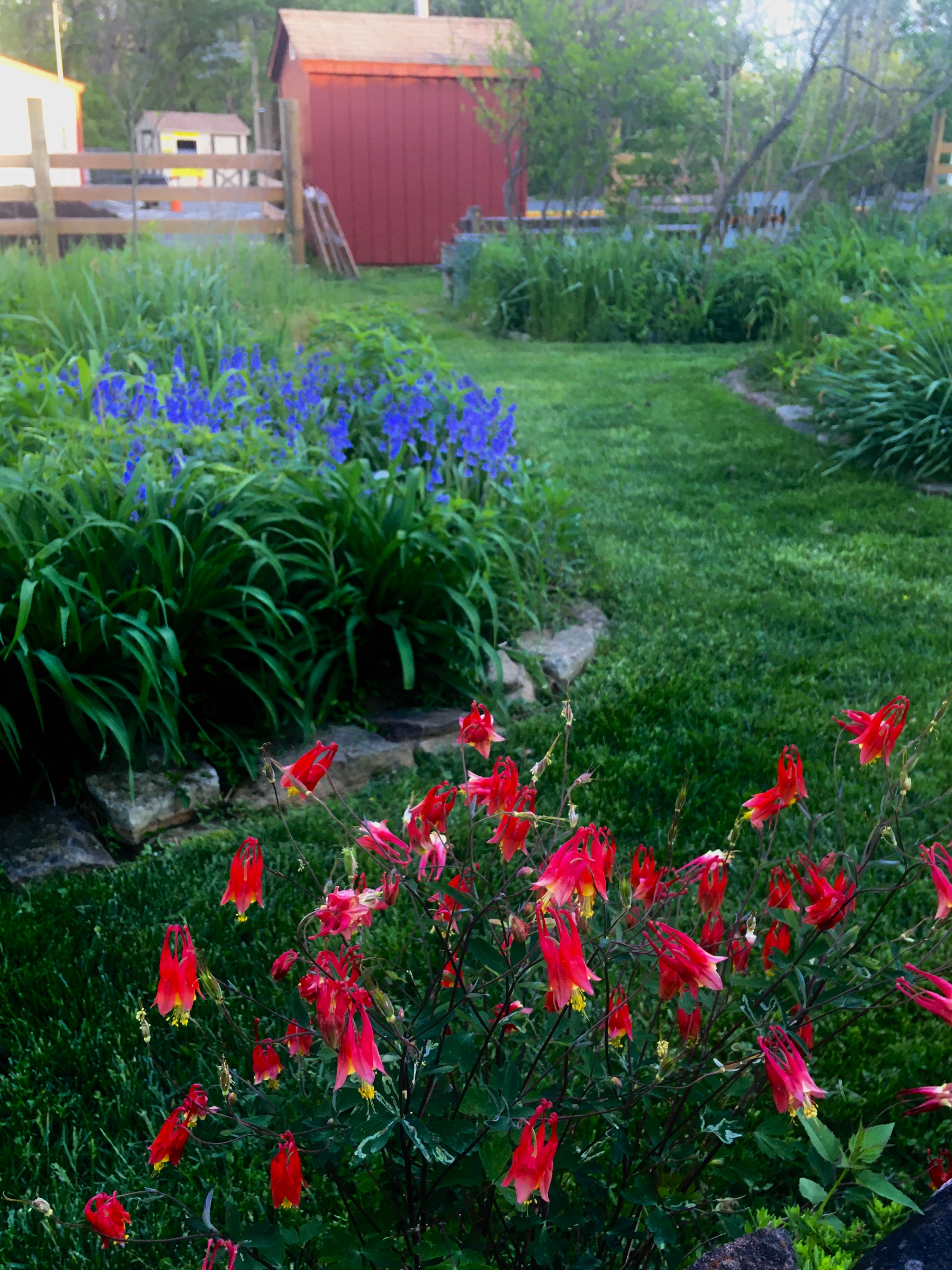
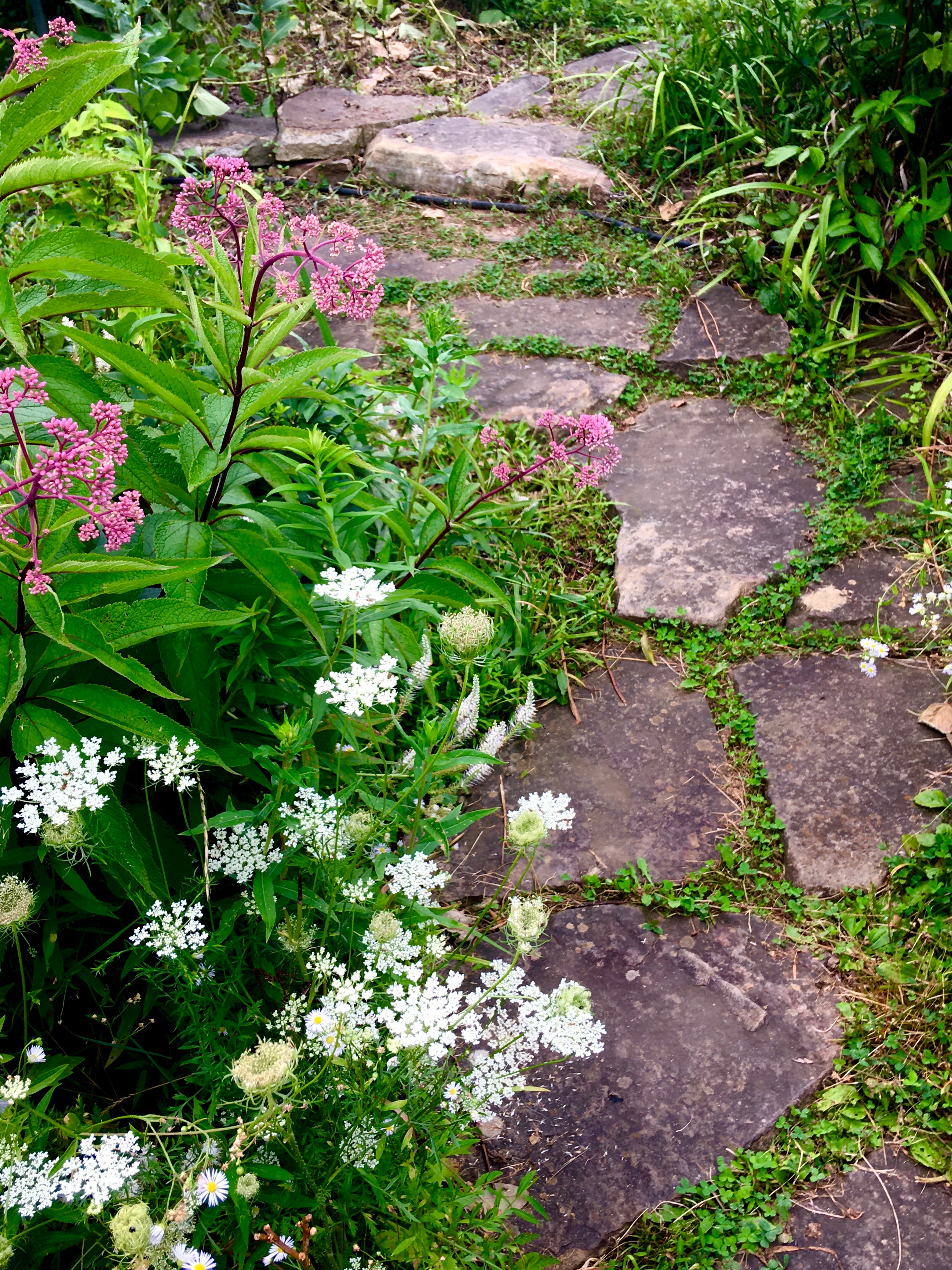
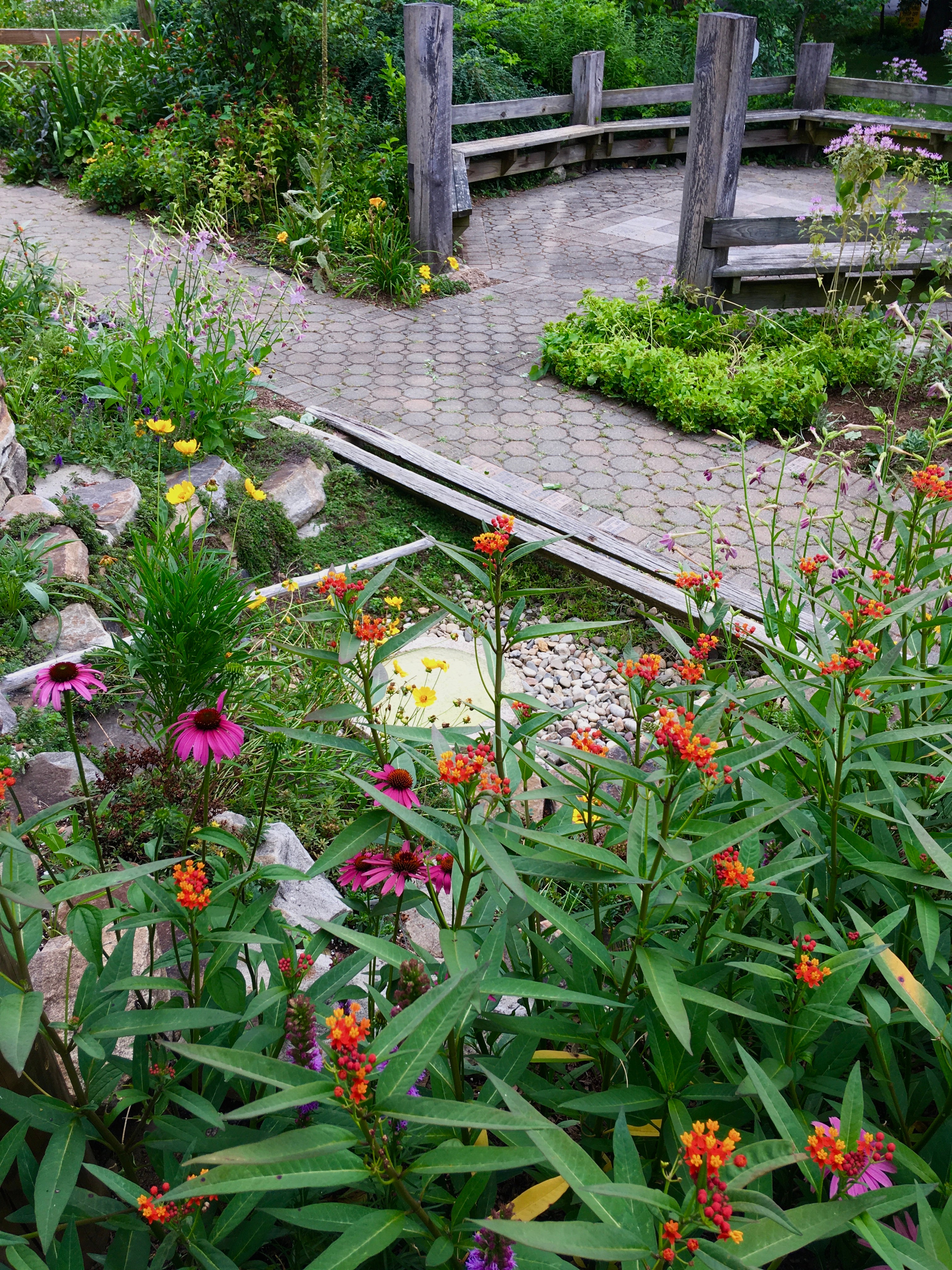
The Garden Evolves
The school board gave permission to open the garden to the public, and the garden developed. Most plants are native, but there are many pollinator plants. They like drought resistant plants for the purpose of conserving water, and the plants they seek are high nectar to benefit butterflies. At present there are 200 different species growing in the garden. Diana knows that the more diverse offering of host and nectar plants, the wider variety of species they can support. The North American Butterfly Association's annual four hour count revealed twelve different species
Members from community organizations like Rotary and Kiwanis have helped make up the "powerhouse" of volunteers in the garden. Teens return to help in the garden, earning community service hours for honor societies, scouts, big brother and sister programs, and youth conservation. Some students have been recognized as senior hall of fame volunteers; many kids earned enough community service credits to qualify for national honor societies. Kids in special education thrive in the natural environment of the garden.
By the third year, the garden joined the Garden Club of New Jersey, which also embodies a youth garden club. In off-seasons, local garden club members lead youth workshops in creating wreaths, floral designs and holiday centerpieces. Other gardening students have gone on to learn photography, having sharpened their observation skills in the garden. A theme of respect resulted in a grant from the Wildlife Habitat Incentive Program. A no-littering project landed a Clean Communities grant.
Mapping out the Garden
Early in the process, Diana Dove enlisted Tomás Gonzales to create a map of the future garden. Tomás has been the "mastermind of colors that bloom and go together," designing paths and sections of the garden, making it a beautiful and fun place to visit. It took a few years before the garden actually resembled the map, but the garden has grown far beyond the original expectations. A wheelchair accessible brick path leads to a ten-foot wide signature garden, shaped like a butterfly. Engraved bricks tell stories of sponsors, families with children, parents, teachers and members who have passed. There are a couple of designated memorial sections and benches as tributes to people involved with the garden who are no longer here. The school has never paid for anything besides offering the land - all aspects of the garden have been donated.
Sign up for the Gardening Know How newsletter today and receive a free copy of our e-book "How to Grow Delicious Tomatoes".
It's somewhat astonishing how a short story written by a teacher evolved and grew into a thriving and extremely successful project that's involved so many members of this small community, from pre-schoolers to seniors. Diana's energy, determination and dedication to a better environment are an inspiration to anyone thinking about starting a community garden.
Learn More About Our School and Community Garden Sponsorship Program
Every year, Gardening Know How awards $1,000 to 20 different, hand-picked garden projects across the United States and Canada. If your community or school garden has a growing, unmet need for more soil, seeds, fertilizers, building materials, or even just help getting the word out about your program, we're ready and willing to help you meet those needs. As community gardens and school gardening programs spring up all over, we're happy to do our part to help.
Gardening Know How, along with the generous sponsors of the Gardening Know How websites, have created this program to encourage and support garden projects just like yours. The application period for 2021 sponsorships is underway right now. We invite you to click here to submit an application. The application period will close at the end of the day on Friday, December 31, 2021.

Caroline Bloomfield is Manager of Marketing Communications at Gardening Know How since 2019. A northwest native, she has resided and gardened in multiple zones in the U.S. and is currently at home in Bandon, Oregon. Writing and editing for various publications since 1998, her BA in American Studies from Southern Maine University includes an emphasis in English. She was raised in California by avid gardeners and continues to enjoy the natural world with an appreciation for the concepts of sustainability and organic care for the planet.